- No products in the cart.
Urotol Tab n / a film about 1mg 56 pc
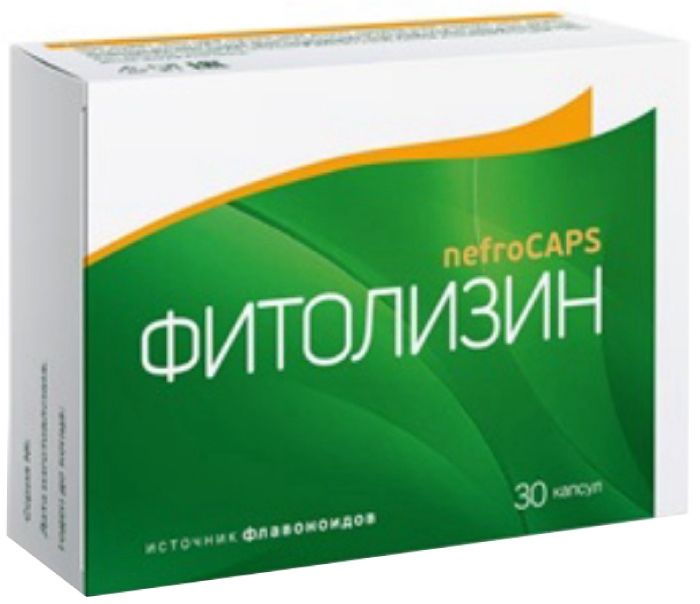
Phytolysinum nefrokaps caps. 356mg 30 pieces
$12.32
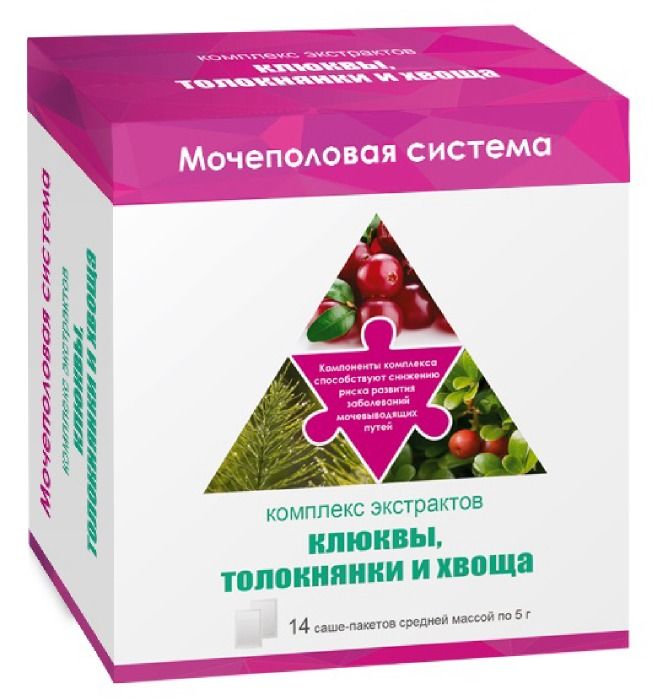
Complex extracts of cranberry / bearberry / horsetail antitsistit then 5g 14 pcs WTF
$5.28
$12.88
Urotol Tab n / a film about 1mg 56 pc
Out of stock
SKU: 1945916631 Categories: Kidney and bladder, Medicaments, Urinary incontinence Tags: SANOFI RUSSIA, tolterodine
Description
Composition
Active substance:
1 tablet contains: tolterodine tartrate – 1 mg or 2 mg.
Excipients:
1 mg 1 tablet contains: microcrystalline cellulose – 73.0 mg Sodium carboxymethylstarch (type A) – 3.5 mg colloidal silicon dioxide – 1.0 mg sodium stearyl fumarate – 1.5 mg. sheath: Hypromellose 2910/5 – 1.75 mg macrogol 6000 – 0.3 mg Titanium dioxide – 0.15 mg talc – 0.25 mg, dye yellow iron oxide – 0.05 mg.
1 tablet contains 2 mg: microcrystalline cellulose – 146.0 mg sodium carboxymethyl starch (type A) – 7.0 mg colloidal silicon dioxide – 2.0 mg sodium stearyl fumarate – 3.0 mg sheath: hypromellose 2910/5 – 3 , 5 mg macrogol 6000 – 0.6 mg titanium dioxide – 0.4 mg talc – 0.5 mg.
Description:
1 mg tablets: Round, biconvex, film-coated tablets yellow.
2 mg Tablets: Round, biconvex, film-coated tablet of white color.
Product form:
Film-coated tablets, 1 mg and 2 mg. 14 tablets in a blister made of PVC / PVDC / Al. 2 or 4 blister together with instructions for use in a cardboard box.
Contraindications
Increased sensitivity to the drug; urinary retention; untreatable closure glaucoma; myasthenia gravis; severe ulcerative colitis; megacolon; age 18 years.
Precautions prescribers with severe obstruction of lower urinary tract due to urinary retention risk at increased risk reduce peristalsis gastrointestinal tract, of obstructive diseases of the gastrointestinal tract (e.g., stenosis of the pylorus), (daily dose should not exceed 2 mg) in renal or hepatic failure, neuropathy, a hiatal hernia.
Dosage
1 mg
Indications
Hyperreflexia (hyperactivity, instability) bladder manifested frequent, urgency to urinate, pollakiuria and / or urinary incontinence.
Interaction with other drugs
Avoid simultaneous administration of tolterodine with potent inhibitors of CYP3A4, such as macrolide antibiotics (erythromycin and clarithromycin), antifungals (ketoconazole, itraconazole and miconazole), protease inhibitors, due to the possible increase in the serum concentrations of tolterodine, which increases the risk of overdosing. Muscarinic receptor agonists holinergicheskhih reduce the effectiveness of tolterodine. Drugs having anticholinergic properties, enhance the effect and increase the risk of side effects. The drug reduces the effect of prokinetics (metoclopramide, cisapride). Perhaps pharmacokinetic interactions with drugs metabolized by cytochrome P450 CYP2D6 or CYP3A4 (inducers and inhibitors). Joint application with fluoxetine (a potent inhibitor of CYP2D6, which is metabolized to norfluoxetine, an inhibitor of CYP3A4) results in only a slight increase in total AUC of tolterodine and its active 5-hydroxymethyl metabolite, which is not clinically significant interaction. No interaction with warfarin and combined oral contraceptives (containing ethinylestradiol / levonorgestrel). Tolterodine is not an inhibitor of CYP2D6, 2C19, 3A4, 1A2, therefore is not expected to increase the level of drugs that are metabolized by these isoenzymes, in the blood plasma, when co-administered with tolterodine.
Overdose
Symptoms: paresis of accommodation, mydriasis, tenesmus, hallucinations, strong agitation, convulsions, respiratory failure, tachycardia, lengthening the interval QT, urine retention.
Treatment: gastric lavage, activated charcoal. With the development of hallucinations, dithers – physostigmine, in convulsions or expressed excitation – anxiolytics benzodiazepine structure, with which developed respiratory failure – ventilator tachycardia – beta-blockers, with urinary retention – bladder catheterization, when mydriasis – pilocarpine in the eye drop and / or transfer of the patient in a dark room.
pharmachologic effect
Pharmacological group:
M-holinoblokator.
Pharmacological properties:
As tolterodine and its 5-hydroxymethyl derivative is highly specific for muscarinic receptors competitively inhibit m-cholinergic receptors with the highest selectivity for the bladder receptor (as compared to receptors of the salivary glands). The drug reduces the tonus of the smooth muscle of the urinary tract, detrusor contractile activity and reduces salivation. At doses exceeding therapeutic, causing incomplete emptying of the bladder and increases the amount of residual urine. The therapeutic effect of tolterodine achieved after 4 weeks. Tolterodine not inhibits CYP2D6, 2C19, 3A4 or 1A2.
Pharmacokinetics:
Suction: After receiving the drug inside tolterodine is rapidly absorbed from the gastrointestinal tract (GIT). The maximum concentration (Cmax) in the serum is reached after 2.1 hours. The range of therapeutic doses (4.1 mg) there is a linear relationship between Cmax value in the blood serum and the dose of the drug. The absolute bioavailability of tolterodine is 65% in patients with CYP2D6 deficiency and 17% in most patients. Food does not affect the bioavailability of the drug, although the tolterodine concentration increases when it is taken at meal time.
Distribution: tolterodine and 5-hydroxymethyl metabolite bind preferentially to orosomucoid. The unbound fraction of 3.7% and 36%, respectively. The volume of distribution of tolterodine is equal to 113 liters. Because of the difference in binding with proteins tolterodine and 5-hydroxymethyl metabolite, the area under the curve “concentration-time» (AUC) of tolterodine in patients with deficiency CYP2D6 close to the sum of AUC values of tolterodine and 5-hydroxymethyl metabolite, the majority of patients with the same dosing regimen. Consequently, the safety, tolerability and clinical effect of the drug is not dependent on CYP2D6 activity.
Metabolism: tolterodine is mainly metabolized by the liver via polymorphic CYP2D6 enzyme to produce the pharmacologically active 5-hydroxymethyl metabolite, which is then metabolized to 5-carboxylic acid and N-dezalkilirovannoy 5-carboxylic acid. 5-hydroxymethyl metabolite of tolterodine is close to the pharmacological properties and the majority of patients significantly enhances the effect of the drug. In persons with reduced metabolism (a CYP2D6 deficiency) tolterodine undergoes dealkylation of CYP3A4 with the formation of N-dezalkilirovannogo tolterodine, a non-pharmacological activity
Excretion: systemic clearance of tolterodine in the serum of most patients is approximately 30 l / h. After taking the drug elimination half-life (T1 / 2) of tolterodine is 2-3 h, and T1 / 2 of 5-hydroxymethyl metabolite – 3-4 h in individuals with reduced metabolism of T1 / 2 of about 10 h Reduction of clearance of the parent compound in individuals with.. CYP2D6 deficiency leads to increased concentrations of tolterodine (about 7-fold) against the background non-detectable concentrations of 5-hydroxymethyl metabolite. Approximately 77% of tolterodine excreted in the urine and 17% – in the feces. Less than 1% of the dose is excreted unchanged and about 4% – of the 5-hydroxymethyl metabolite. 5-carboxylic acid and N-dezalkilirovannaya 5-carboxylic acid were respectively about 51% and 29% of the amount that is excreted in the urine.
Pharmacokinetics in special clinical situations: AUC value of tolterodine and its active 5-hydroxymethyl metabolite is increased approximately 2-fold in patients with liver cirrhosis. The average value of AUC of tolterodine and 5-hydroxymethyl metabolite is 2 times higher in patients with severe renal function (glomerular filtration rate
Pregnancy and breast-feeding
The use of tolterodine during pregnancy only if the anticipated benefits of therapy to the mother outweighs the potential risk to the fetus. Since the data on the excretion of tolterodine into breast milk is not available, should be avoided during lactation. Women of childbearing age should use reliable methods of contraception during therapy, tolterodine.
Conditions of supply of pharmacies
On prescription.
side effects
Immune system: allergic reactions, angioedema (very rare).
From the nervous system: nervousness, impaired consciousness, hallucinations, dizziness, drowsiness, paraesthesia, headache.
From the side of view: dry eyes, disturbance of accommodation.
Cardio-vascular system: tachycardia, increased heart rate, arrhythmias (rare).
On the part of the digestive tract: dry mouth, dyspepsia, constipation, abdominal pain, flatulence, vomiting, rarely – gastroesophageal reflux disease.
For the skin: dry skin.
From the urinary system: urinary retention.
Other: fatigue, chest pain, peripheral edema, bronchitis, weight gain.
special instructions
Before treatment to eliminate organic causes frequent and urgent need to urinate. Women of childbearing age must assign treatment only with the application of reliable contraception. Currently, the safety and efficacy of the drug in children has not been studied. During the period of treatment must be careful when driving and occupation of other potentially hazardous activities that require high concentration of attention, psychomotor speed of reaction and good eyesight (may cause accommodation disturbances and reduced rate of psychomotor reactions).
Storage conditions
Dry. Keep out of the reach of children.
Dosing and Administration
The preparation is prescribed orally 2 mg 2 times a day, regardless of the meal. Total dose can be reduced to 2 mg per day, based on individual tolerability. If violations of the liver and / or kidneys, and while the use of ketoconazole or other strong CYP3A4 inhibitors recommended to decrease the dose of 1 mg 2 times a day. The effectiveness of treatment should be re-evaluated after 2 – 3 months after initiation of treatment.
Information
Appearance may differ from that depicted in the picture. There are contraindications. You need to read the manual or consult with a specialist
Additional information
| Weight | 0.100 kg |
|---|---|
| Manufacturer | SANOFI RUSSIA |

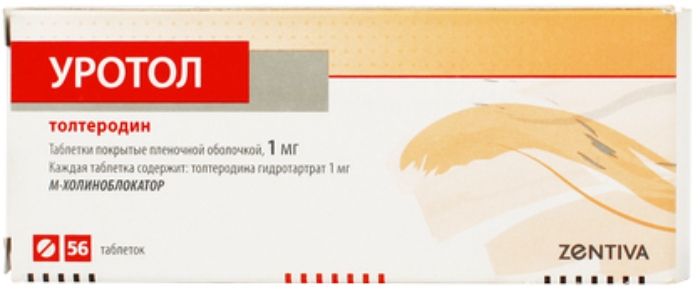
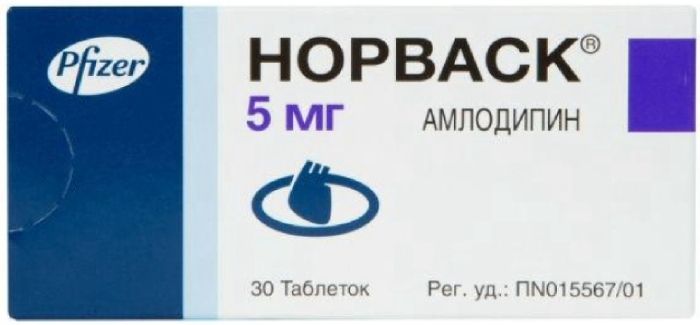
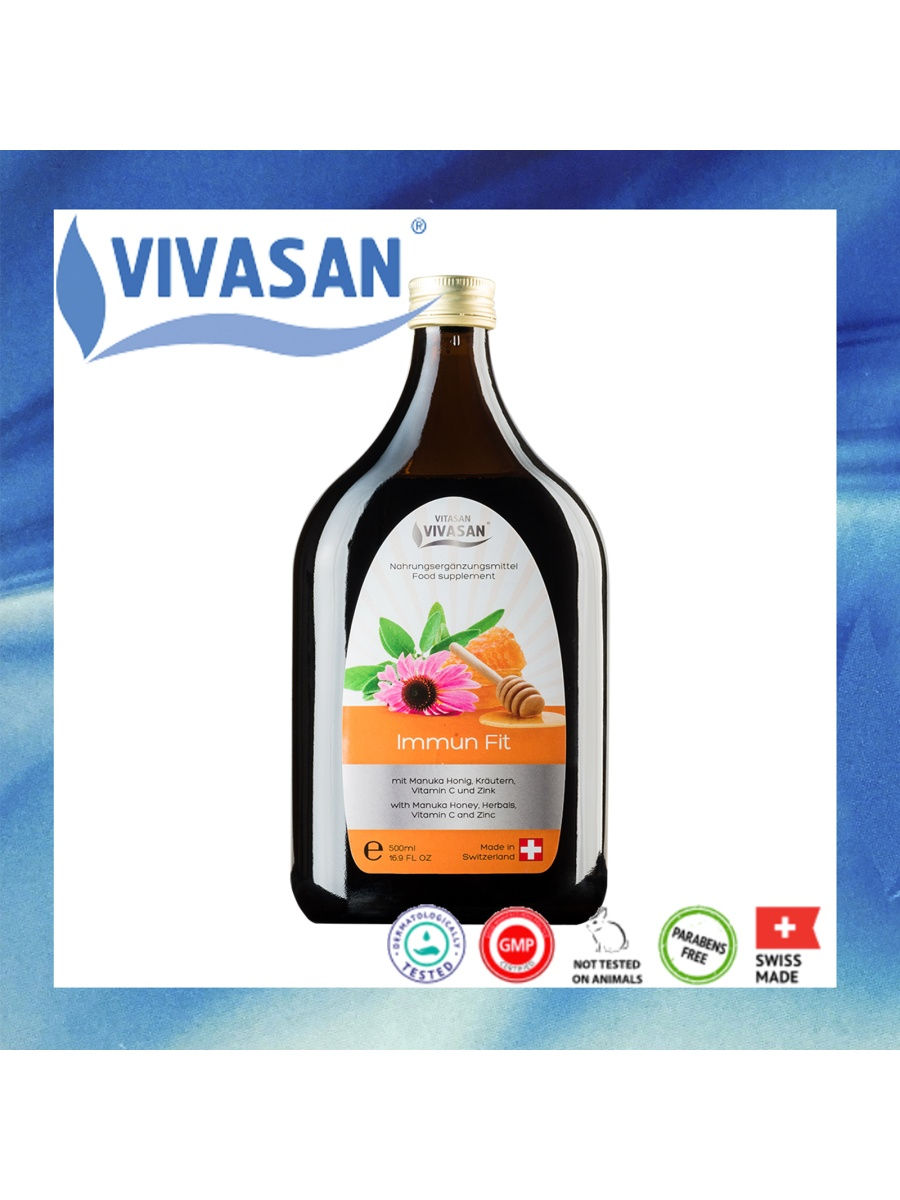
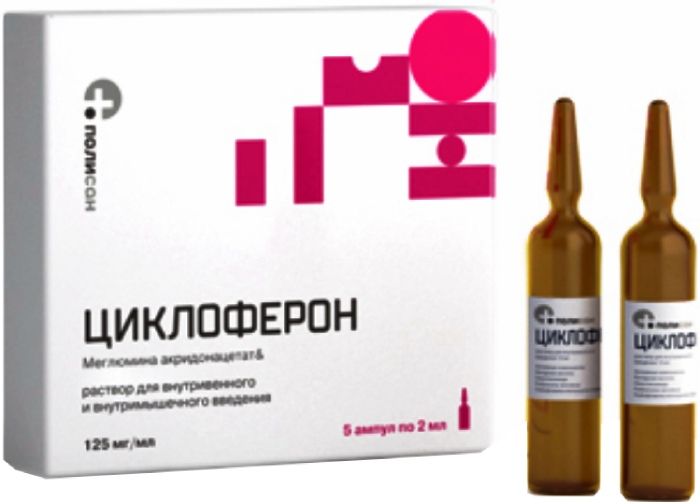

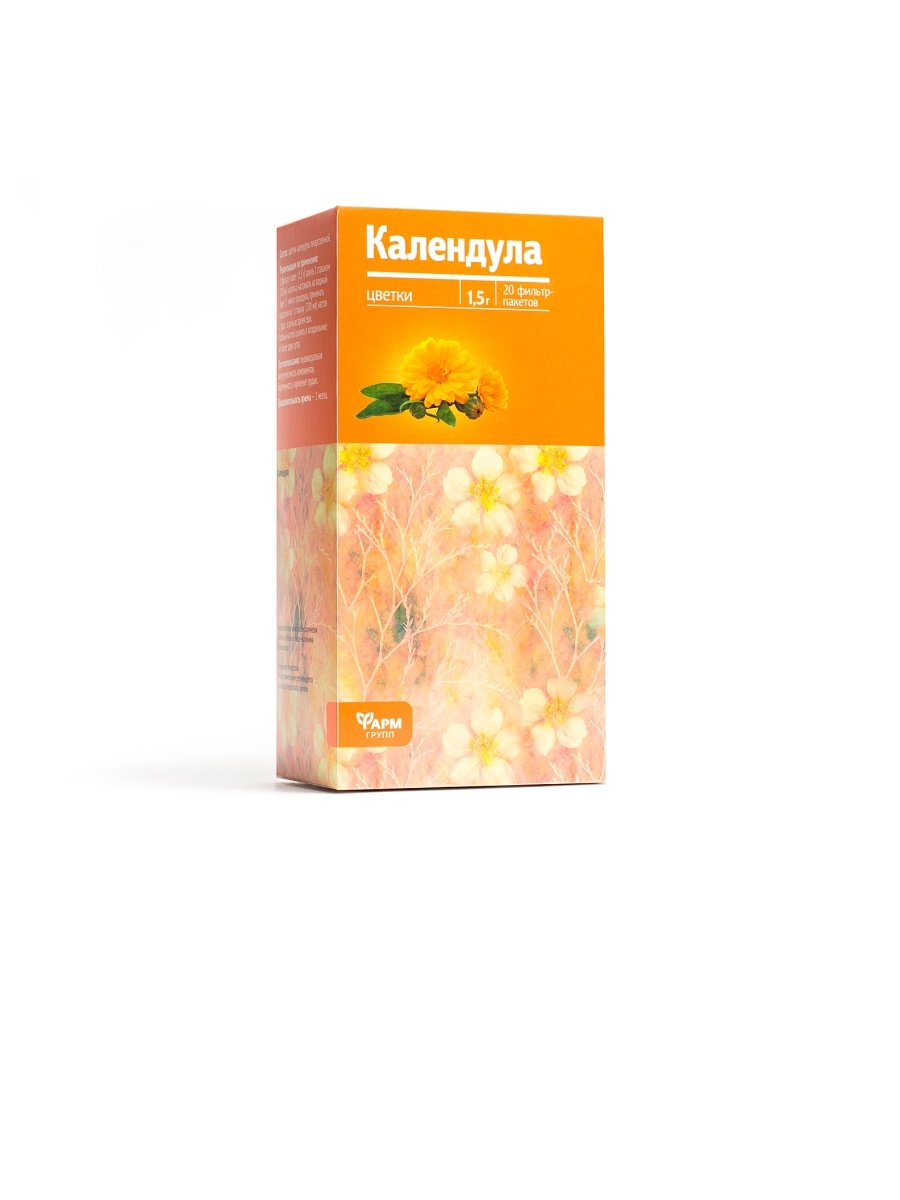
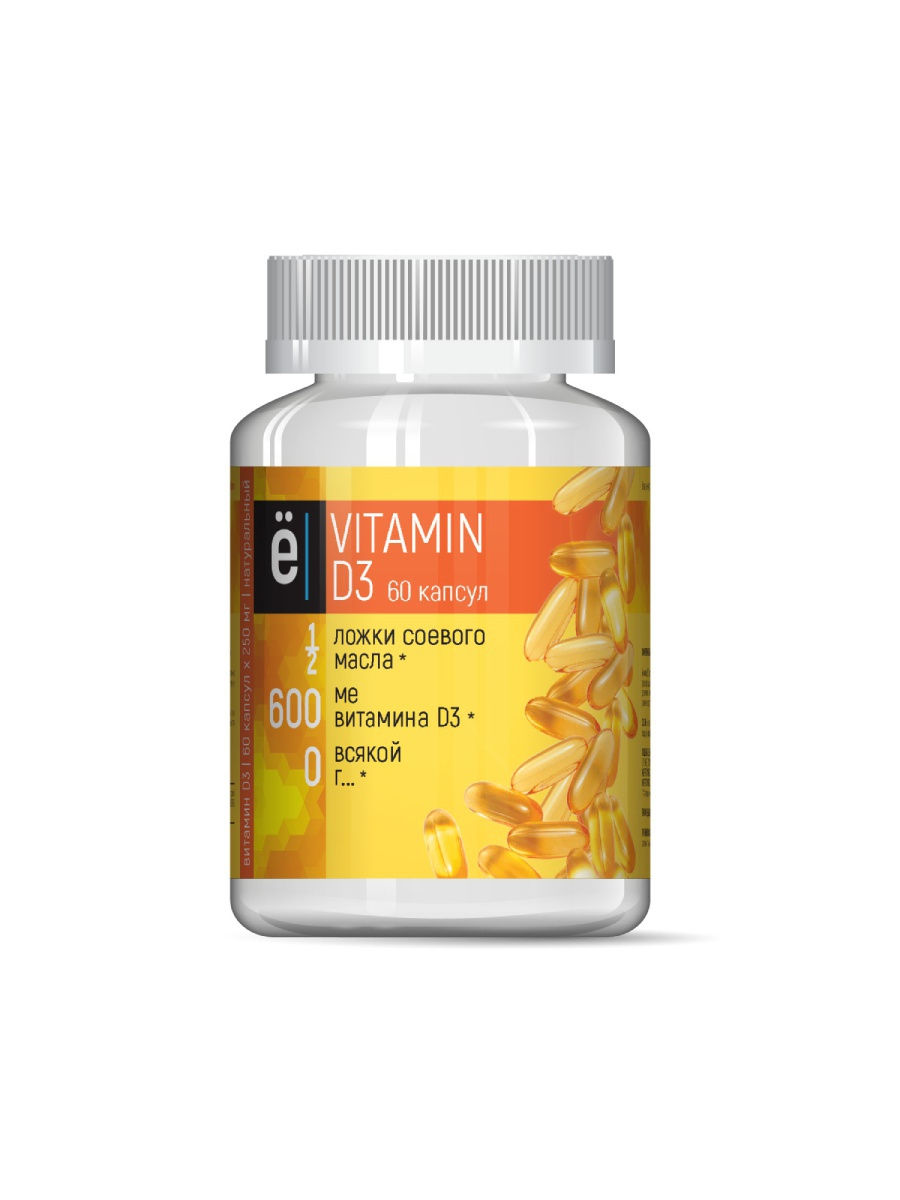




There are no reviews yet.